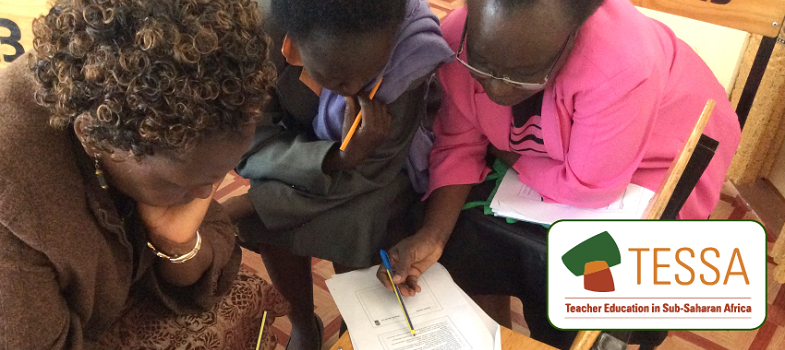Resource 1: Introduction to physical development
![]() Background information / subject knowledge for teacher
Background information / subject knowledge for teacher
We are all growing all the time. We are growing physically, but are also extending our ideas and understanding, and often these are happening alongside each other.
During the years that children are at school, they go through many physical changes. You can see this by comparing pupils in different classes. The older children are taller and stronger, and they can usually also express themselves better. As part of the natural process, children also develop sexually once they reach their teenage years.
Children cannot develop and grow on their own. Just like a plant needs water, sun and good health to develop, people need certain things to help them. They include:
- good food;
- exercise;
- protection from illnesses;
- clean surroundings.
Each of these things contributes to the physical development of the child.
- If a child does not eat well, they will not grow as quickly as others. Food contributes to other things too: the amount of energy that children have, how much they are protected from illness etc.
- If children do not exercise, they will not develop their arm and leg muscles and so will not be as strong. Physical exercise also helps develop their bodily coordination when doing exercises like running, jumping and rope skipping. Coordination helps with other skills, like reading and writing. Physical exercise is also good for well-being and physical growth.
- If children are not protected from illnesses, they will become sick more often, which will affect the way in which they grow. If children are ill, they cannot exercise, and so will not develop their muscles. If they are ill, they also find it hard to study, and so will fall behind in their learning.
- If children do not have clean surroundings, they are more likely to catch diseases. Diseases will affect them in the same way as illnesses.
It is important for you to introduce these simple ideas to your pupils at an early stage so that they can get into healthy habits as part of their everyday lives, but you will need to be sensitive to the context of the community in which you work.
3. Teaching about healthy living



